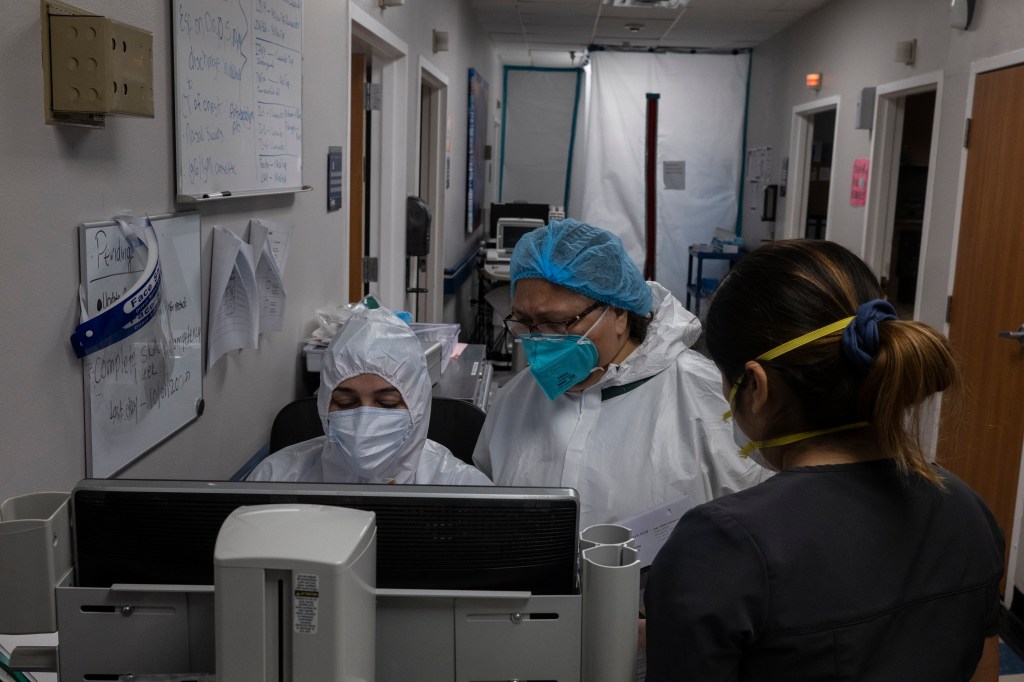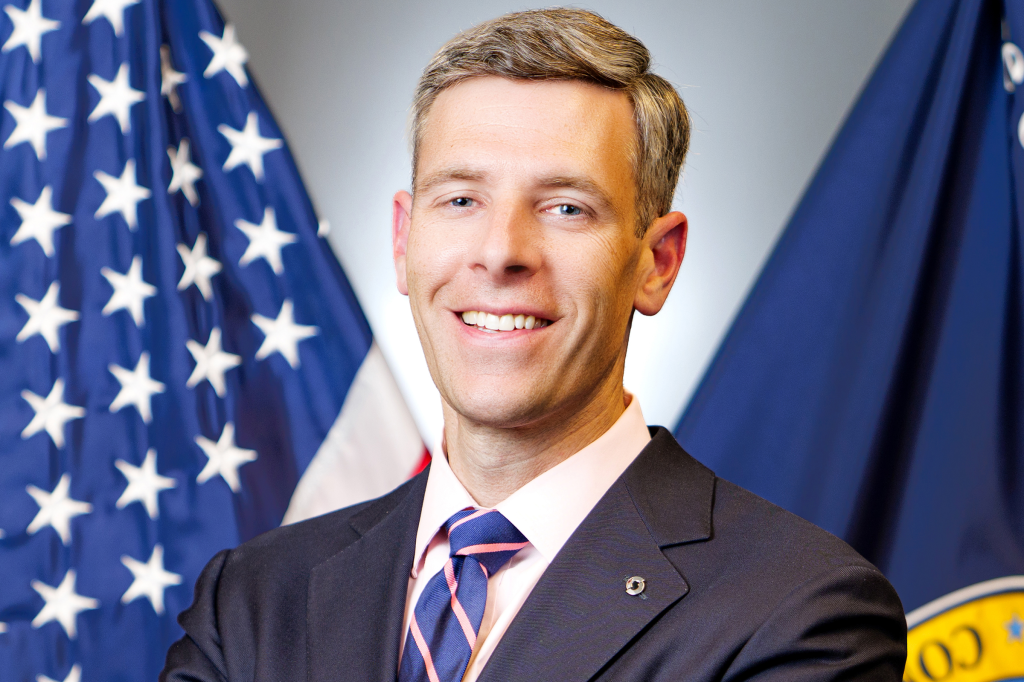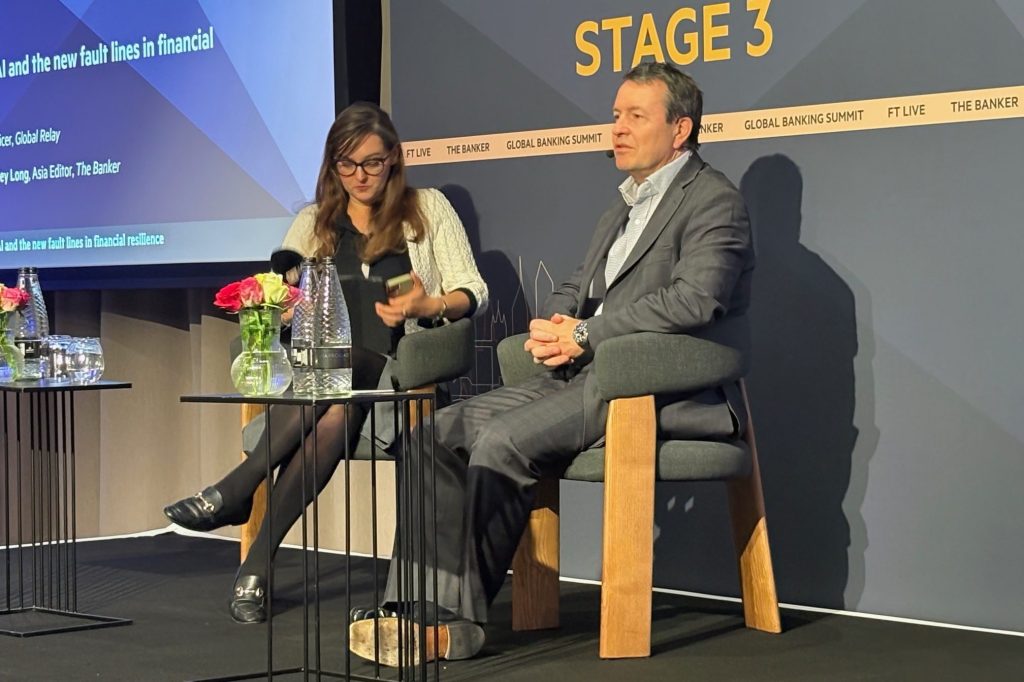Planning for who will be an organization’s next leader is one of the most important tasks facing a board of directors. Those not well-prepared for such turnover can experience more than just unprofitable and financially rocky times for their businesses.
Since business continuity plans are mandated by some regulators
Register for free to keep reading.
To continue reading this article and unlock full access to GRIP, register now. You’ll enjoy free access to all content until our subscription service launches in early 2026.
- Unlimited access to industry insights
- Stay on top of key rules and regulatory changes with our Rules Navigator
- Ad-free experience with no distractions
- Regular podcasts from trusted external experts
- Fresh compliance and regulatory content every day
















